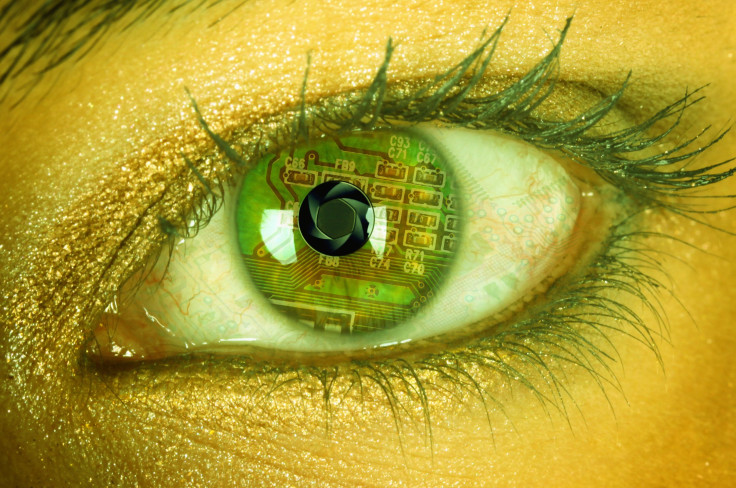Blind Woman Receives Bionic Eyes, Calls Newfound Sight 'Absolutely The Most Breathtaking Experience'

One 66-year-old woman who had gone blind from retinitis pigmentosa — unable to see anything for 10 years — was given another chance to experience sight again after receiving bionic eyes. Retinitis pigmentosa is a degenerative eye disease that gradually kills light-sensitive cells in the retina.
Scientists have been working on developing a “seeing system” called the Argus II, which involves a pair of camera glasses that can provide a person’s brain with visual information. Doctors implanted electrodes into Fulton's eyeballs in order for her to wear the glasses. “When they ‘turned me on,’ so to speak, it was absolutely the most breathtaking experience,” Fulton told the BBC. “I was just so overwhelmed and so excited, my heart started beating so fast I had to put my hand on my chest because I thought it was going to pop.”
The Argus II essentially targets visual cells that haven’t been destroyed by retinitis pigmentosa to transport visual information to the brain. “The retina is like one-ply toilet paper,” Robert Greenberg, the president and CEO of Second Sight — the company that developed Argus II — told the BBC. “Developing something that can sit on the surface of the retina without damaging it is really difficult. That was tougher than figuring out the algorithms.”
Another man with the same condition as Fulton — retinitis pigmentosa — also was given the Argus II earlier this year. Roger Pontz began noticing his eyesight was deteriorating as a teenager, and was completely blind by age 40. But he became the second person in the U.S. to receive the Argus II “bionic eye” implant. Even just a few months ago, the Argus II was still in its experimental stage, so Pontz could only differentiate between light and shadows. Regardless, he claimed it made a big difference. “It’s been pretty awesome,” he told CNN. “I can tell when my grandson runs around the house, I can tell when people step in front of me, I can tell when my wife had on a white top versus dark bottoms, vice versa. I could follow my mom around on Easter; she had a light top on. Every day it’s something small but something different.”
Since then, scientists have been working on improving the system and its camera. Currently, the Argus II is still considered to be in its early days; it is able to restore vision, but not fully, and only six people in the U.S. are currently using it. But as time goes on, and researchers better understand our visual system, they hope they can improve the bionic eye to become nearly as good as a natural eye.
For now, Argus II users see light and dark in black and white. Full images still aren’t available; you won’t be able to read signs, see faces, or fully identify objects. But the ability to see shapes for the first time in years, as well as regions of dark and light, can mean the world to people who have suffered from retinitis pigmentosa.
“The first time I left work with [the Argus II] — I work on the third floor and there are three elevators, and I heard the bell to go down,” Fulton told the BBC. “I lined myself up in front of the door and I walked straight in. I didn’t bump my left shoulder, didn’t bump my right shoulder, I didn’t have to use my cane to check. Every day it’s very exciting, and never in my lifetime did I ever think something like this could happen.”



























